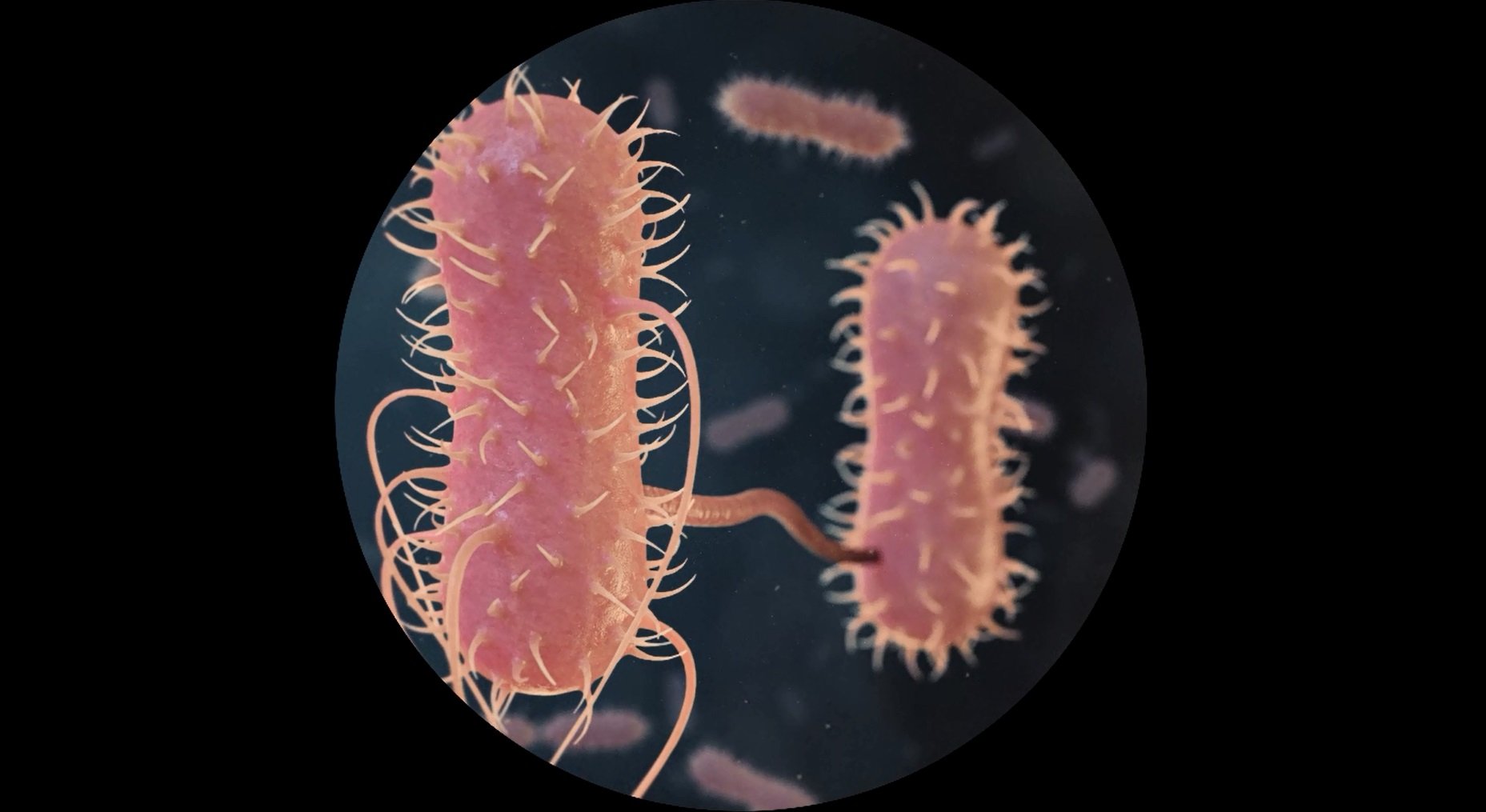Conjugation is when bacteria exchange genetic material without multiplying or reproducing. How does that work?
Conjugation is when bacteria exchange genetic material without multiplying or reproducing. How does that work?
Pilus
Micro-organisms such as bacteria use a pilus (plural: pili) to exchange genetic material. A pilus is a hair-like tube used to connect with another bacteria. Circular strings of DNA (plasmids) are then exchanged via the pilus. This process is called conjugation.
Within one generation
Bacteria only exchange hereditary material and do not multiply during conjugation. Conjugation is therefore a kind of horizontal gene transfer (HGT). The genetic material is exchanged between the same generation and not just passed on to the next generation as it is in humans.
Super-resistant bacteria
One bacterium receives new genetic material from another during conjugation. This can help bacteria adapt better to the environment in which they live. Bacteria can become resistant to antibiotics in this way. A bacterium which has survived antibiotic treatment can exchange its antibiotic-resistant DNA with another bacterium. This bacterium will be able to survive similar antibiotic treatments. This is how the overuse of antibiotics can create super-resistant bacteria, such as the infamous hospital superbug, MRSA.

